Home>Technology>Home Entertainment Systems>Who Was The First President To Speak On Television, And In What Year?
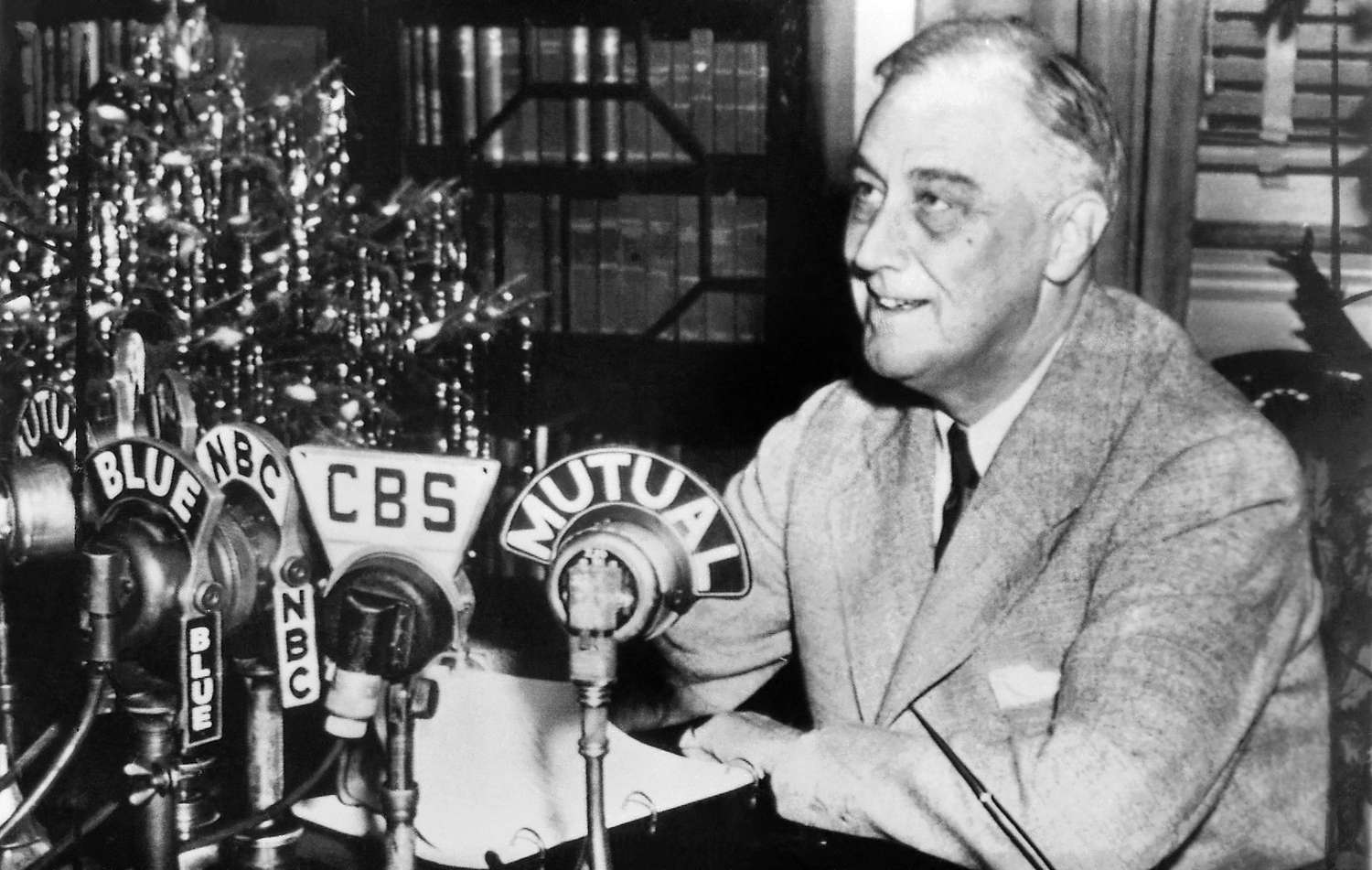

Home Entertainment Systems
Who Was The First President To Speak On Television, And In What Year?
Published: December 20, 2023
Discover the first president to speak on television and the year it happened. Learn more about home entertainment systems and their historical significance.
(Many of the links in this article redirect to a specific reviewed product. Your purchase of these products through affiliate links helps to generate commission for Storables.com, at no extra cost. Learn more)
**
Introduction
**
Television has been a cornerstone of modern entertainment and a powerful medium for communication. From its humble beginnings as a mechanical device to the advanced digital displays of today, television has evolved to become an integral part of our lives. The ability to broadcast live events, news, and speeches has transformed the way we receive information and connect with the world around us.
Television has played a pivotal role in shaping historical moments, capturing the attention of audiences worldwide. One such momentous occasion was the first time a sitting president addressed the nation through this groundbreaking medium. This event marked a significant milestone in the intersection of politics and technology, forever altering the way leaders communicate with their constituents.
In this article, we will delve into the fascinating history of television, explore the pivotal moment when a U.S. president made history by speaking on television, and uncover the year in which this groundbreaking address took place. Join us on a journey through time as we unravel the story behind the first president to speak on television and the impact of this revolutionary moment on the world of politics and media.
Key Takeaways:
- President Franklin D. Roosevelt was the first U.S. president to speak on television in 1939, marking a historic moment in the intersection of politics and media.
- His televised address at the New York World’s Fair showcased the transformative power of television, setting the stage for a new era of presidential communication and public engagement.
The Invention of Television
The invention of television is a tale of innovation, experimentation, and technological advancement. The concept of transmitting moving images over a distance had captivated inventors and scientists for decades, with each breakthrough bringing us closer to the birth of this revolutionary medium.
The early developments in television can be traced back to the late 19th century, with notable contributions from inventors such as Paul Nipkow, who patented the first electromechanical television system in 1884. This system, based on the Nipkow disk, laid the groundwork for the transmission and reception of visual images.
Subsequent advancements by visionaries like John Logie Baird and Philo Farnsworth propelled television into the modern era. Baird, a Scottish engineer, achieved a significant milestone by demonstrating the first working television system in 1925, using mechanical rotating disks to transmit and receive images. Meanwhile, Farnsworth, an American inventor, is credited with developing the first fully electronic television system, employing a cathode ray tube to display images.
These pioneering efforts culminated in the public debut of television broadcasts, captivating audiences with the magic of moving pictures beamed into their homes. The rise of television as a mass medium revolutionized entertainment, news dissemination, and cultural exchange, forever altering the fabric of society.
As television technology continued to evolve, it became a ubiquitous presence in households across the globe, offering a window to the world and a platform for shared experiences. The advent of color television, high-definition displays, and digital broadcasting further cemented television’s status as an indispensable part of modern life.
The journey from the rudimentary mechanical systems to the sleek, high-definition televisions of today is a testament to human ingenuity and the relentless pursuit of innovation. The invention of television not only transformed the way we consume information and entertainment but also set the stage for a historic moment when a U.S. president would make an indelible mark on the medium.
The First President to Speak on Television
As television solidified its place in the fabric of society, it became an increasingly influential platform for political communication. The ability to reach the masses through live broadcasts presented an unprecedented opportunity for leaders to connect with their constituents on a personal level. It was against this backdrop that the first U.S. president made history by addressing the nation through the lens of television.
The honor of being the first president to deliver a televised address goes to President Franklin D. Roosevelt. On April 30, 1939, President Roosevelt spoke at the opening ceremony of the New York World’s Fair, captivating audiences as his words were transmitted through the airwaves and into the living rooms of Americans across the country. This historic moment marked a significant shift in the relationship between the presidency and the burgeoning medium of television.
President Roosevelt’s address, often referred to as his “World’s Fair Speech,” showcased the transformative power of television as a tool for shaping public opinion and inspiring collective action. His words, delivered with conviction and gravitas, resonated with viewers, setting a precedent for future presidents to harness the communicative potential of television.
Television provided a direct conduit for presidents to convey their vision, policies, and aspirations to the American people, fostering a sense of intimacy and immediacy that transcended traditional forms of communication. This pivotal moment laid the groundwork for the integration of television into the political landscape, forever altering the dynamics of leadership and public engagement.
President Roosevelt’s groundbreaking televised address marked a turning point in the relationship between the presidency and the media, paving the way for future leaders to leverage the power of television to connect with citizens on a profound and personal level.
As the first president to speak on television, President Roosevelt’s historic address set a precedent for the pivotal role that television would play in shaping the public discourse and political narrative, leaving an indelible mark on the intersection of politics and media.
The first president to speak on television was Franklin D. Roosevelt in 1939. He addressed the opening of the New York World’s Fair.
The Year of the First Presidential TV Address
The inaugural televised address by a U.S. president marked a watershed moment in the evolution of political communication and media engagement. President Franklin D. Roosevelt’s historic speech at the 1939 New York World’s Fair ushered in a new era of presidential outreach, leveraging the captivating power of television to connect with the American people in an unprecedented manner.
The year 1939 not only witnessed President Roosevelt’s groundbreaking televised address but also encapsulated a pivotal juncture in history, with the world on the brink of global conflict and technological innovation reshaping the fabric of society. Against this backdrop, the emergence of television as a medium for presidential communication signaled a transformative shift in the dynamics of leadership and public engagement.
President Roosevelt’s decision to embrace the burgeoning technology of television underscored his visionary approach to harnessing the tools of modernity to convey his message and rally the nation during a time of profound global uncertainty. His televised address at the World’s Fair exemplified the convergence of leadership, technology, and public discourse, laying the groundwork for future presidents to leverage the power of television as a direct channel to the hearts and minds of the American people.
The year 1939 not only marked the debut of a U.S. president’s televised address but also symbolized a pivotal moment in the cultural and technological landscape, as the world stood on the cusp of transformative change. President Roosevelt’s historic speech served as a harbinger of the influential role that television would come to play in shaping the political narrative and fostering a sense of shared national identity.
As the first president to speak on television, President Roosevelt’s address in 1939 left an indelible imprint on the collective consciousness, heralding a new era of presidential communication and public engagement. The convergence of leadership and technology in this historic moment underscored the enduring impact of President Roosevelt’s visionary embrace of television as a tool for shaping the national dialogue and inspiring unity during a time of profound global upheaval.
Conclusion
The journey from the inception of television to its pivotal role in shaping political communication is a testament to the enduring power of innovation and the profound impact of visionary leadership. The historic moment when President Franklin D. Roosevelt delivered the first televised presidential address at the 1939 New York World’s Fair marked a transformative juncture in the intersection of politics and media, setting the stage for a new era of public engagement and national unity.
Television’s evolution from a novel invention to a ubiquitous presence in households across the nation mirrored its ascent as a powerful medium for shaping public opinion and fostering a sense of shared national identity. President Roosevelt’s embrace of television as a platform for communication exemplified his forward-thinking approach to leadership, leveraging the cutting-edge technology of the time to connect with the American people in an intimate and compelling manner.
The year 1939 not only witnessed the dawn of a new chapter in presidential communication but also encapsulated a moment of profound historical significance, as the world grappled with the specter of global conflict and the promise of technological progress. President Roosevelt’s televised address served as a harbinger of the influential role that television would come to play in shaping the political narrative, fostering a sense of unity, and inspiring collective action.
As we reflect on the groundbreaking moment when a U.S. president spoke on television for the first time, we are reminded of the enduring legacy of visionary leadership and the enduring impact of technological innovation on the fabric of society. President Roosevelt’s historic address at the 1939 New York World’s Fair stands as a testament to the transformative power of television, forever altering the dynamics of political communication and leaving an indelible mark on the annals of history.
The convergence of leadership, technology, and public engagement in this pivotal moment serves as a timeless reminder of the profound influence of visionary leaders who harness the tools of modernity to inspire, unite, and shape the course of history. President Roosevelt’s historic address not only heralded a new era of presidential communication but also underscored the enduring legacy of television as a catalyst for shaping the national dialogue and fostering a sense of collective identity.
Frequently Asked Questions about Who Was The First President To Speak On Television, And In What Year?
Was this page helpful?
At Storables.com, we guarantee accurate and reliable information. Our content, validated by Expert Board Contributors, is crafted following stringent Editorial Policies. We're committed to providing you with well-researched, expert-backed insights for all your informational needs.
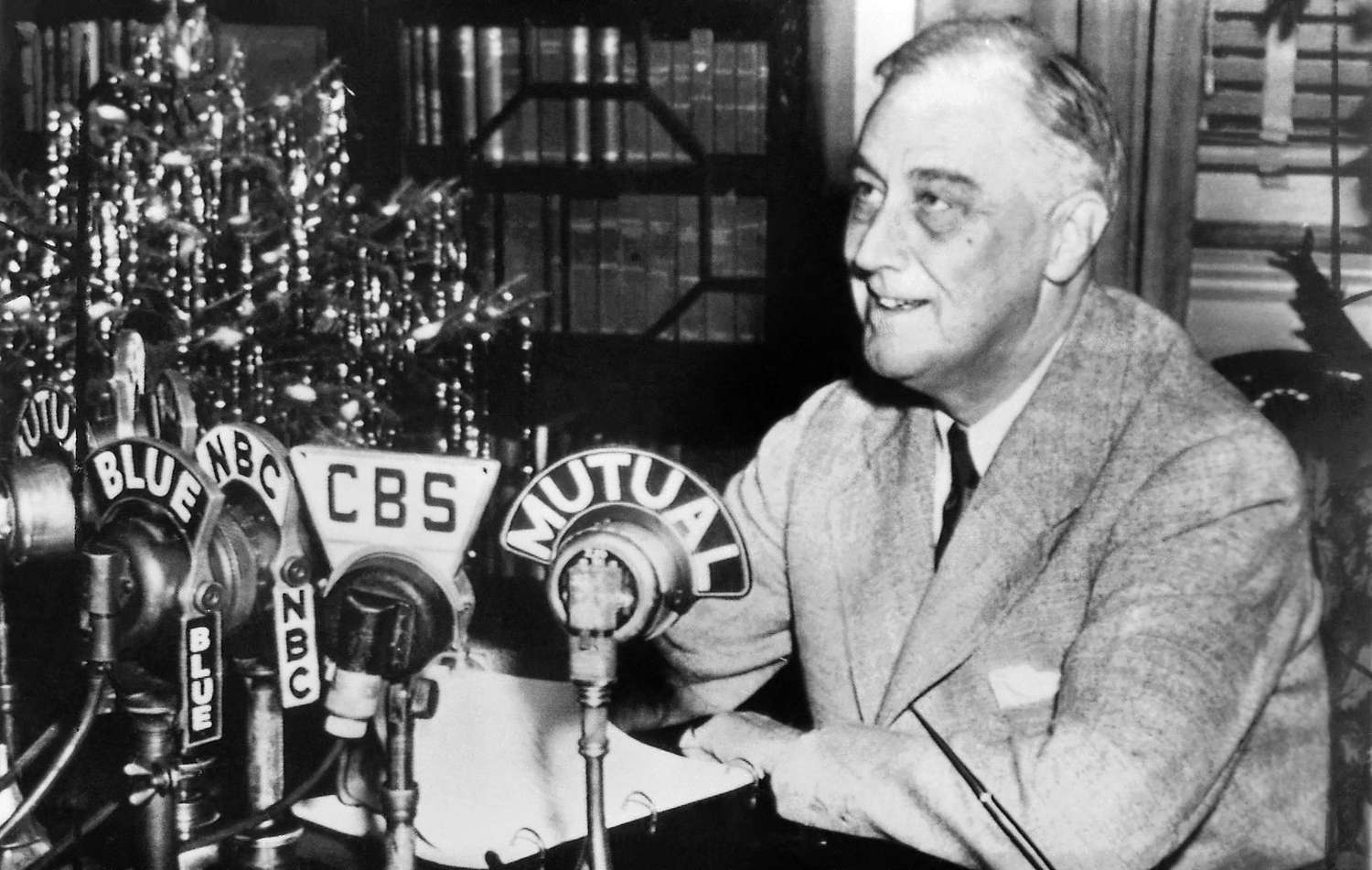

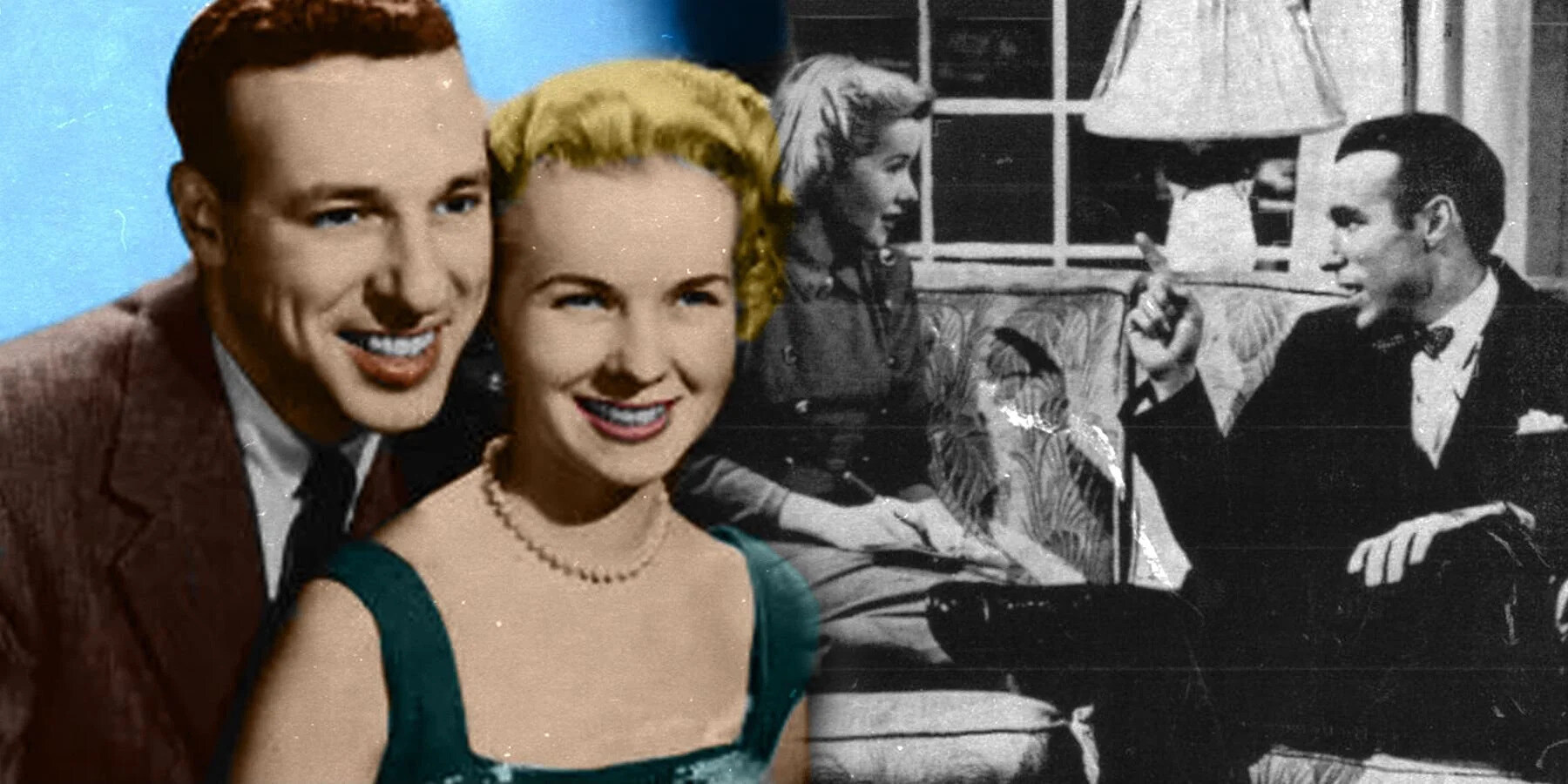

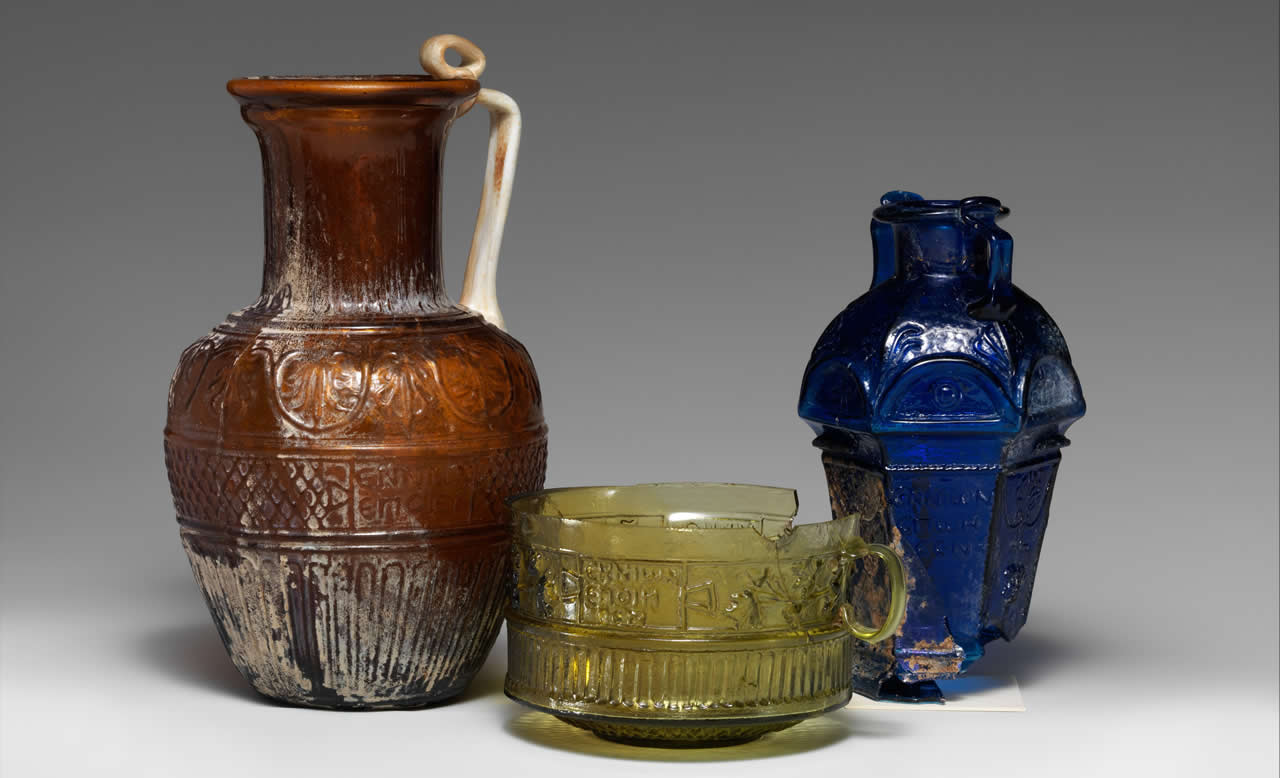



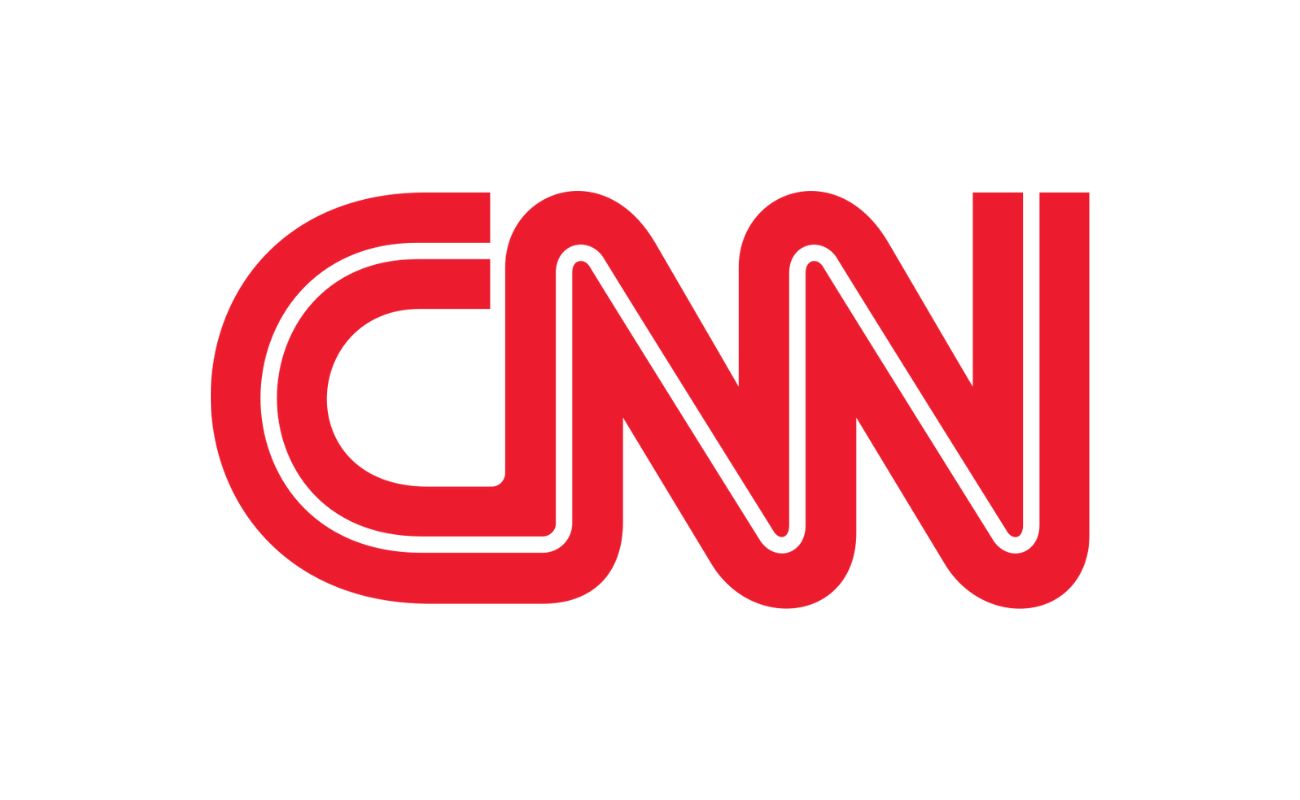
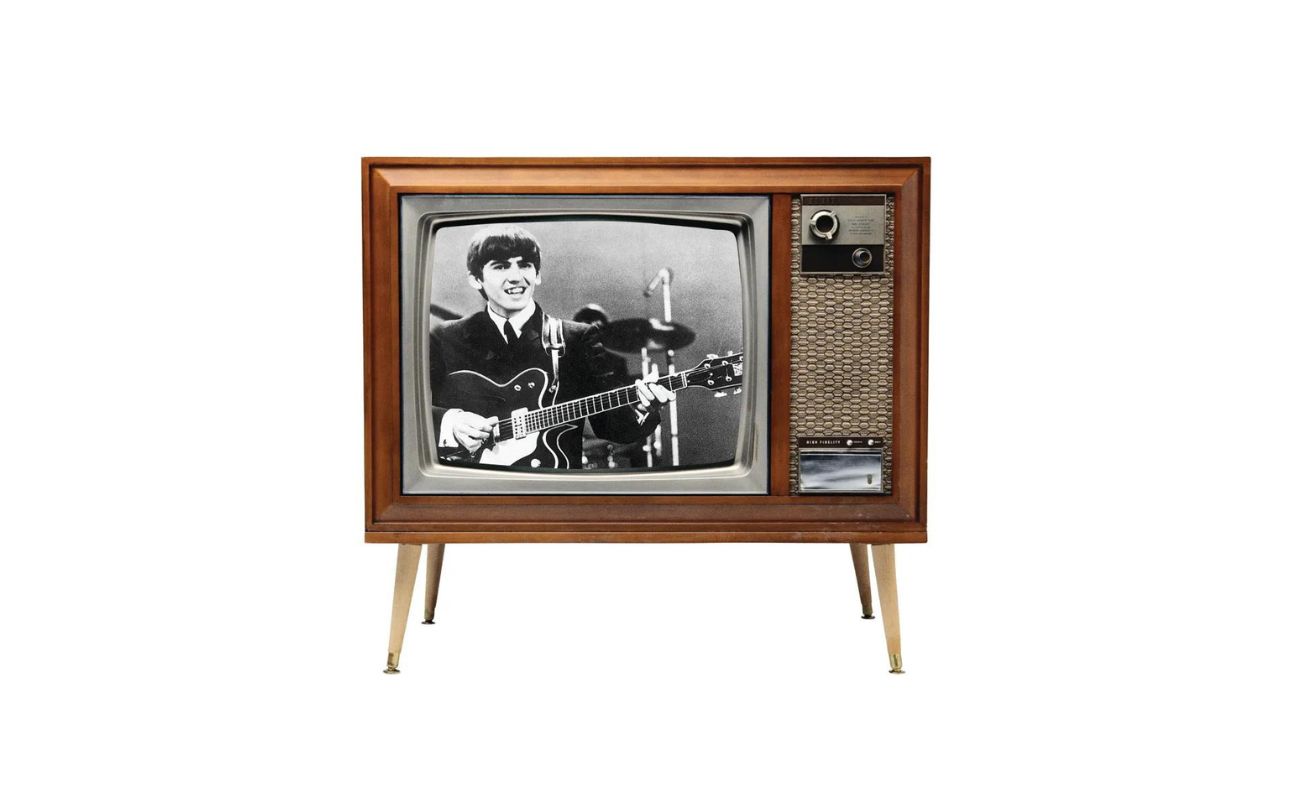
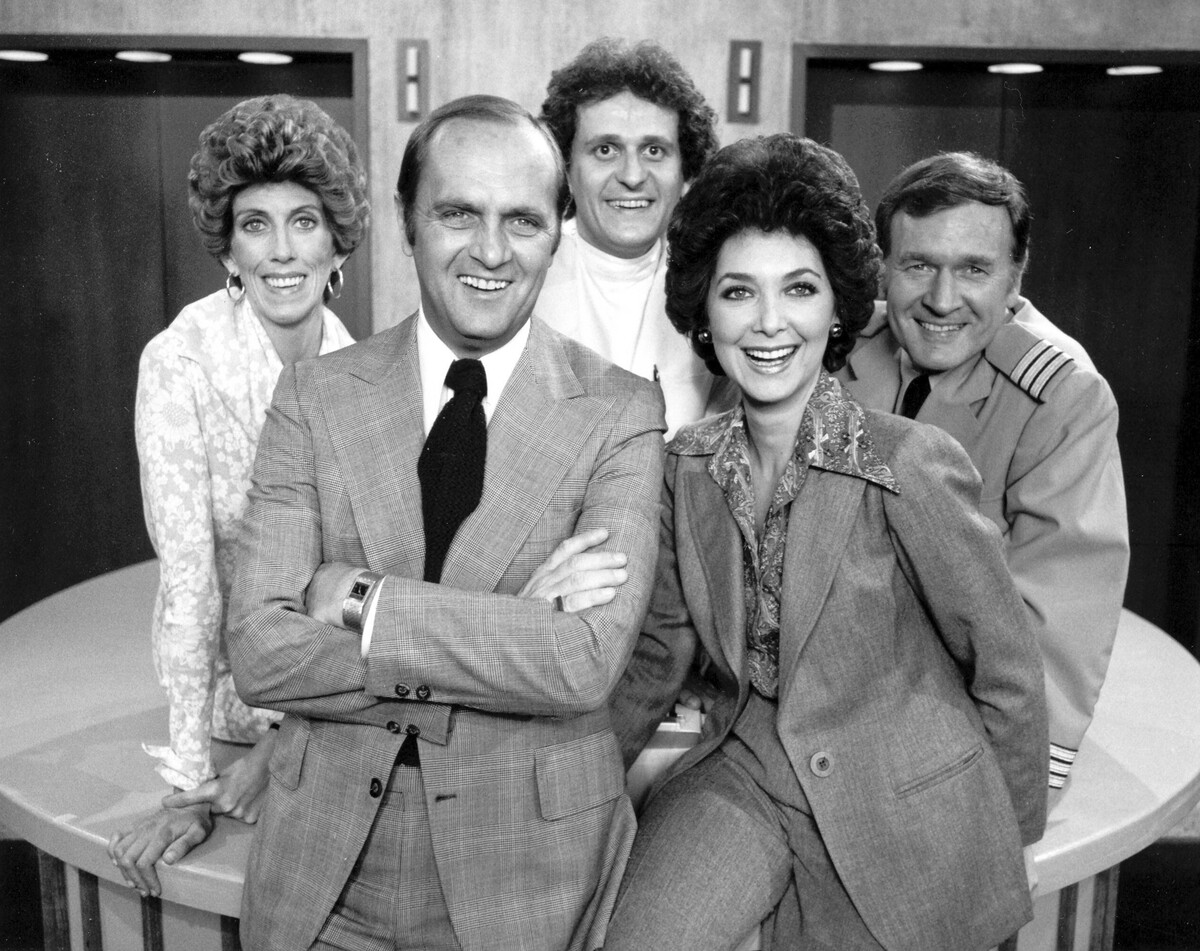


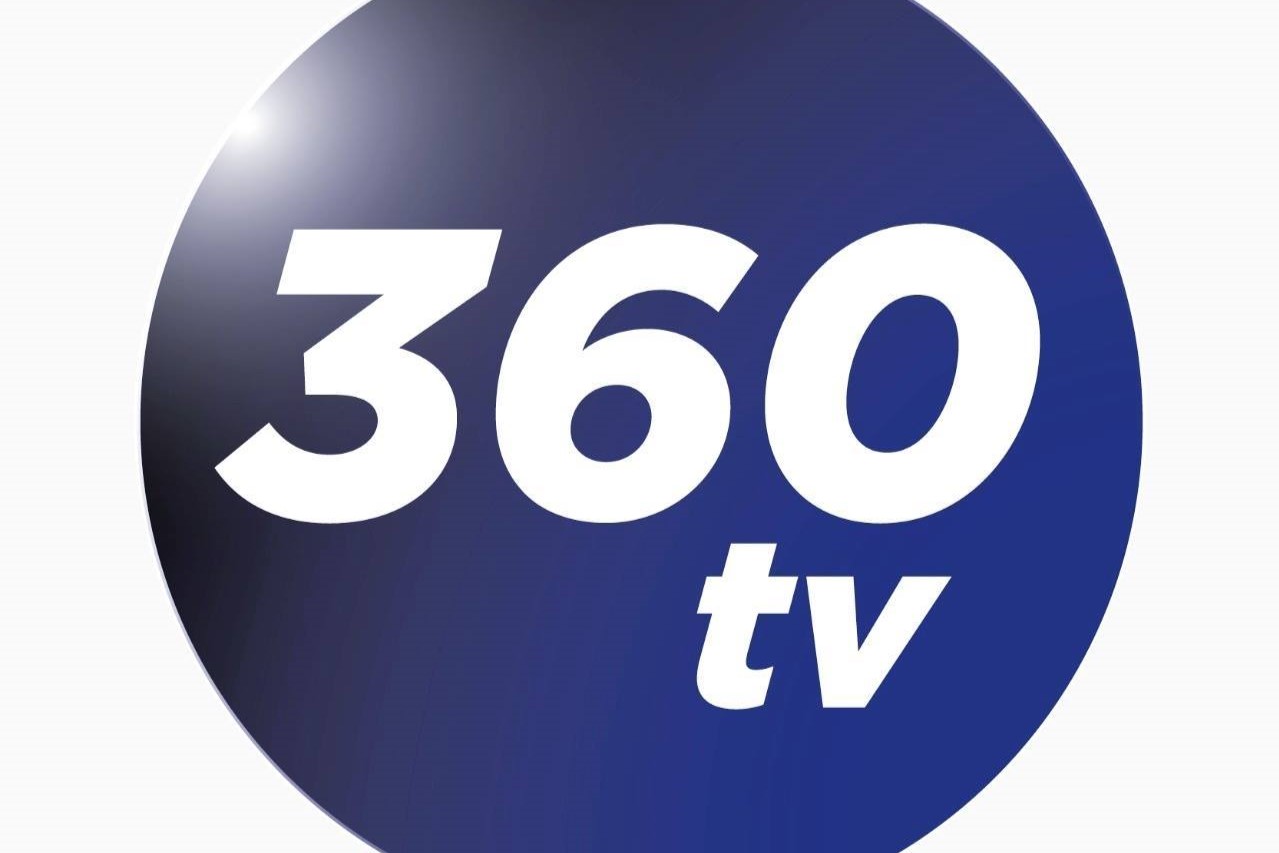
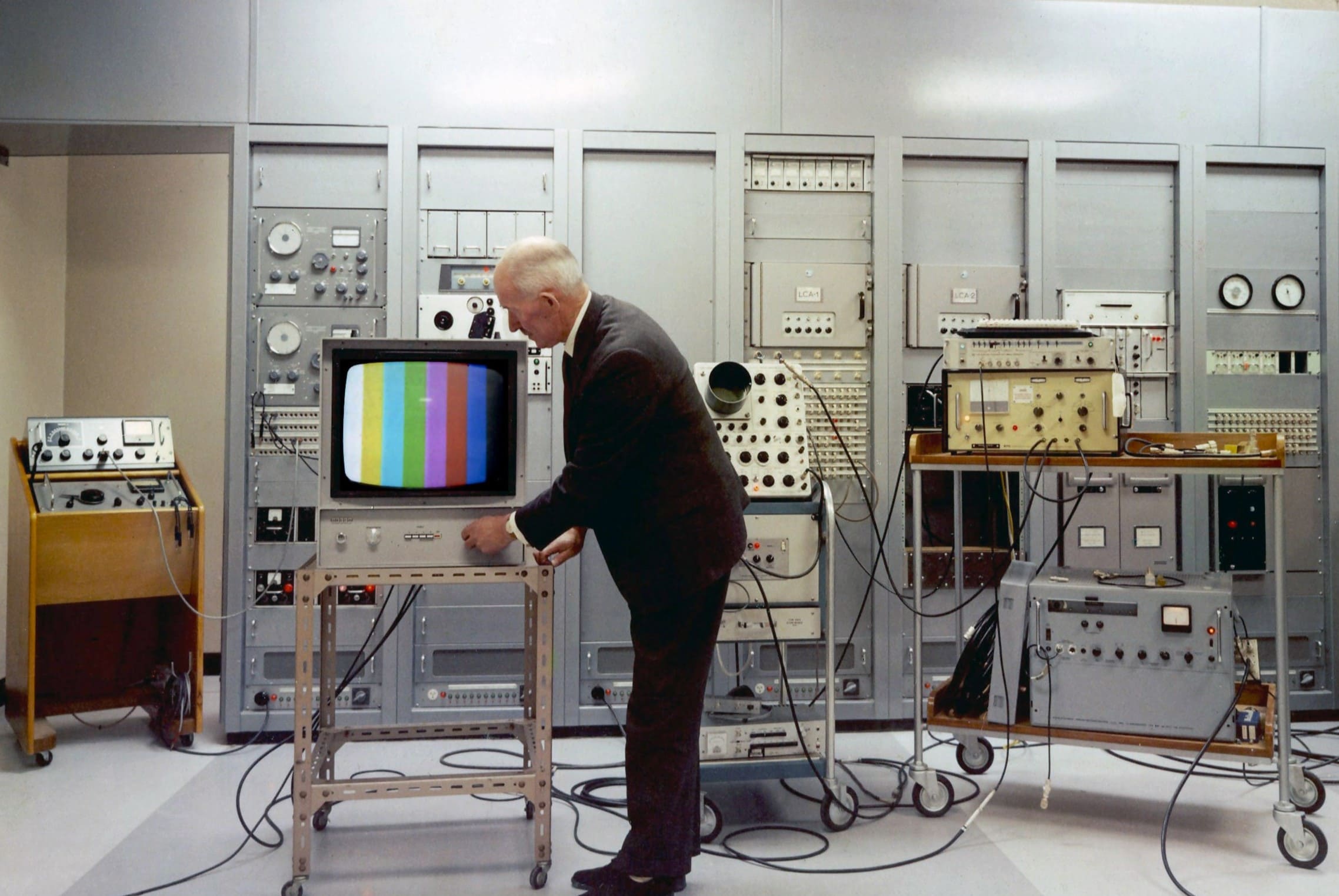

0 thoughts on “Who Was The First President To Speak On Television, And In What Year?”